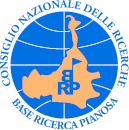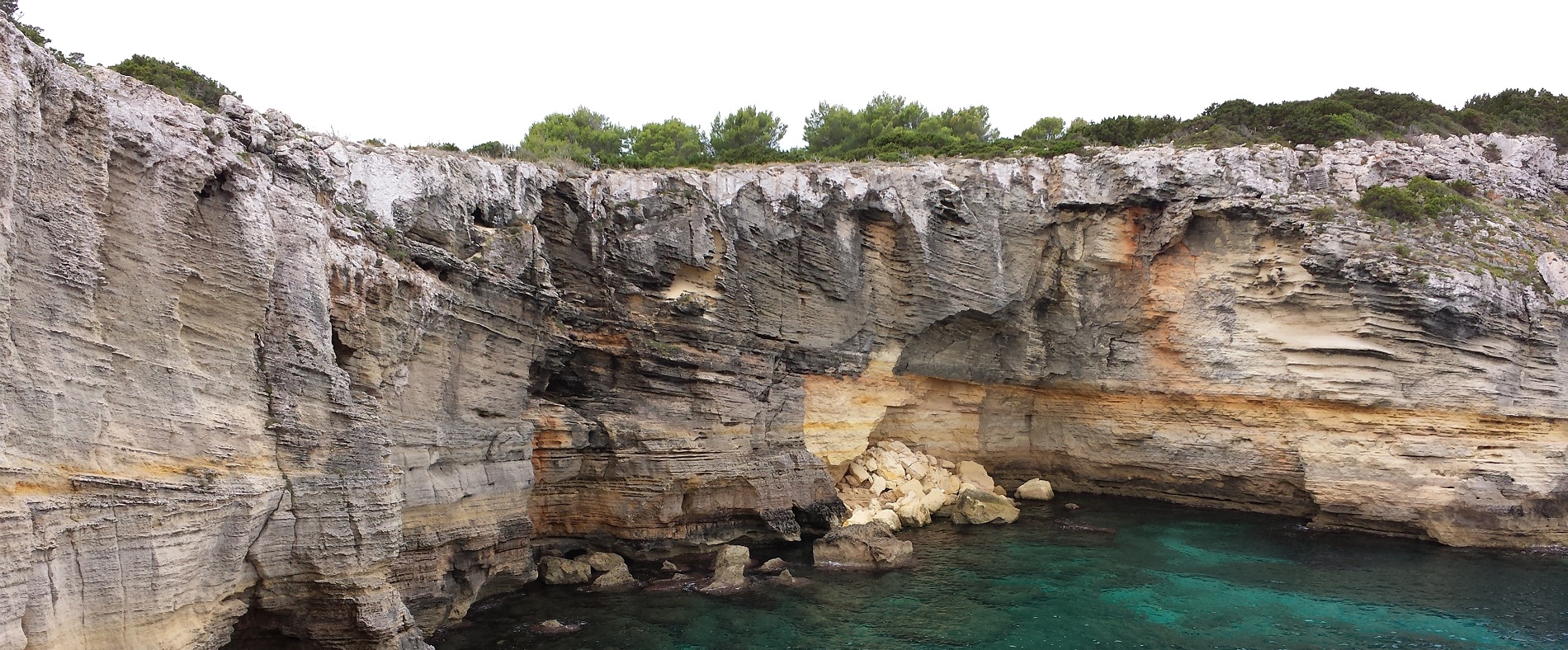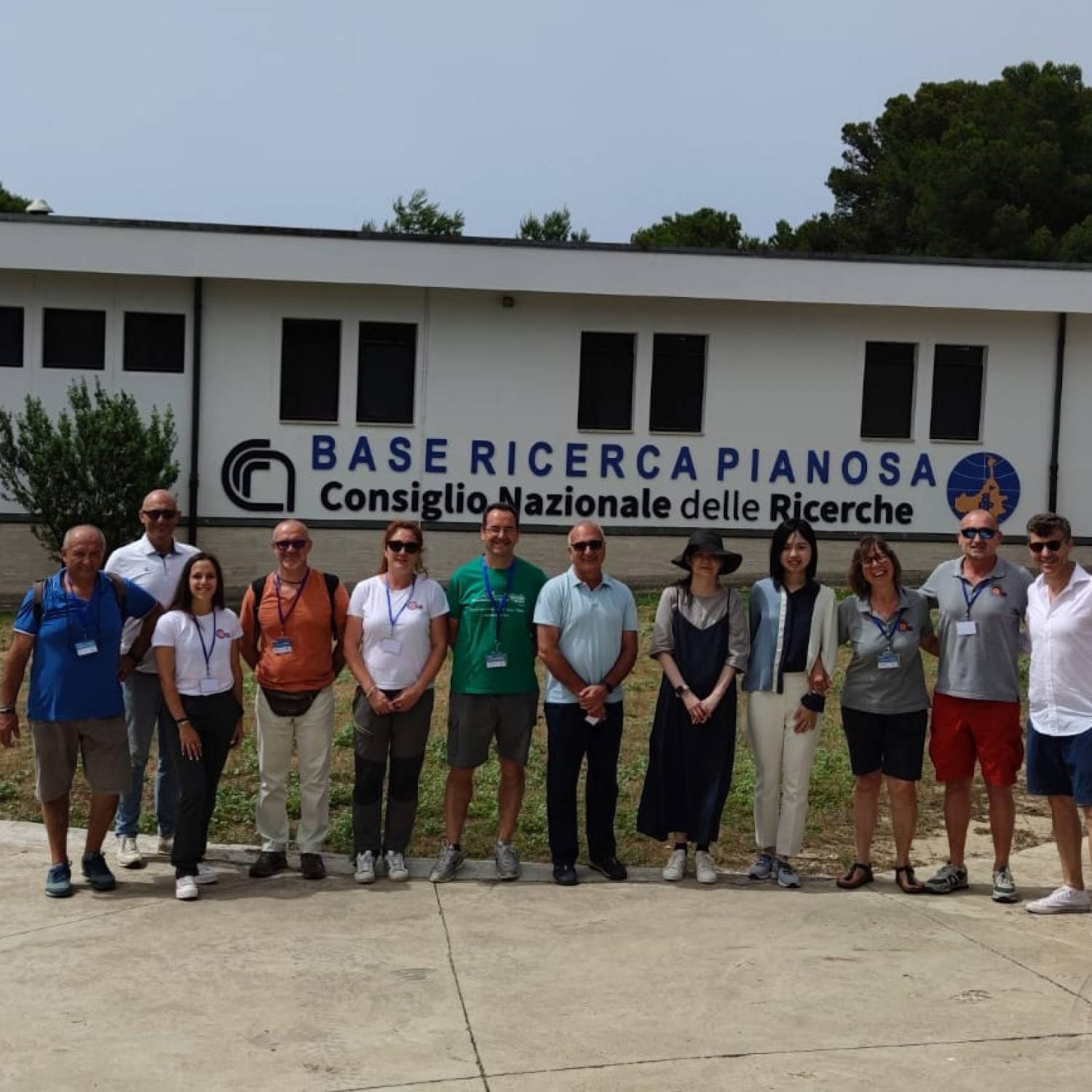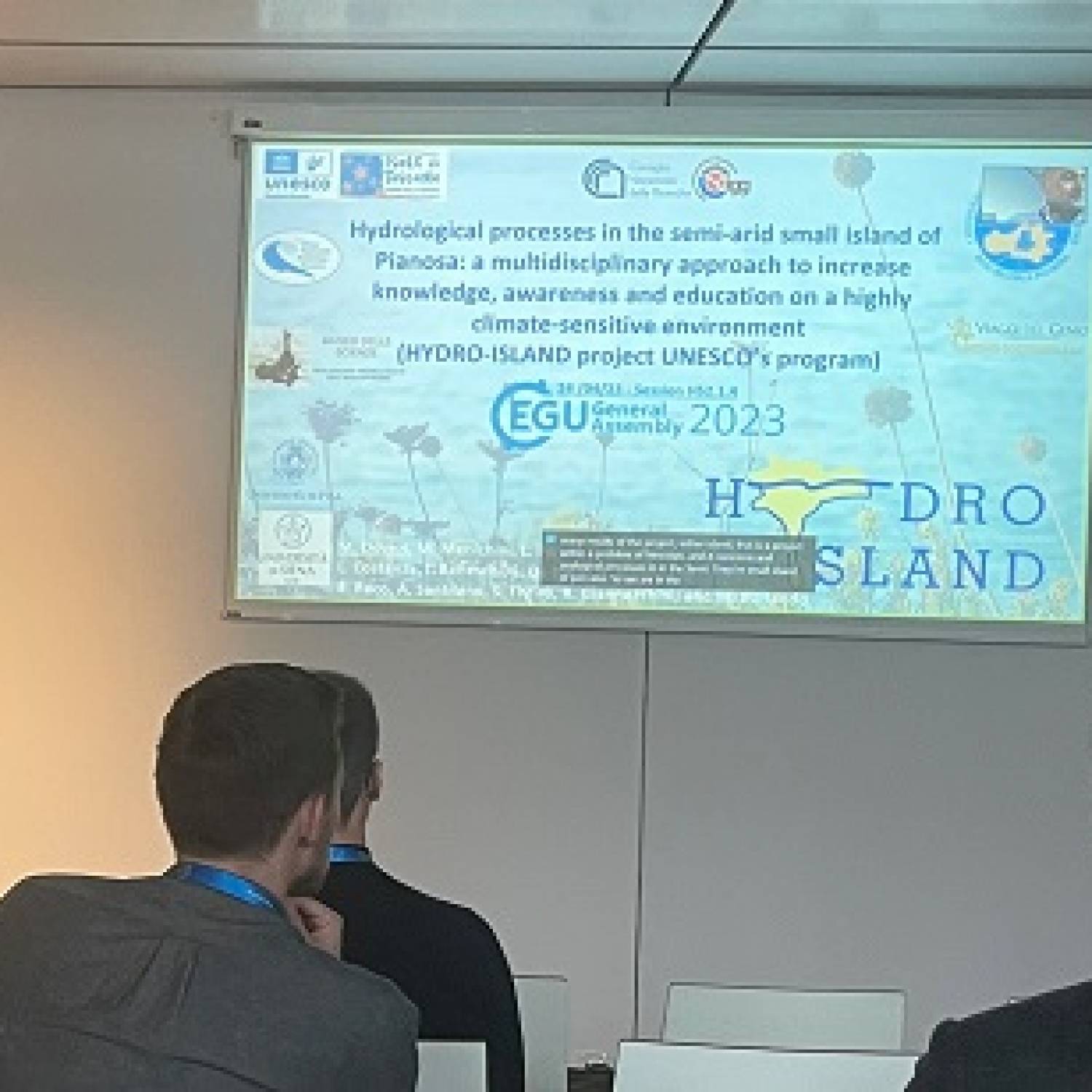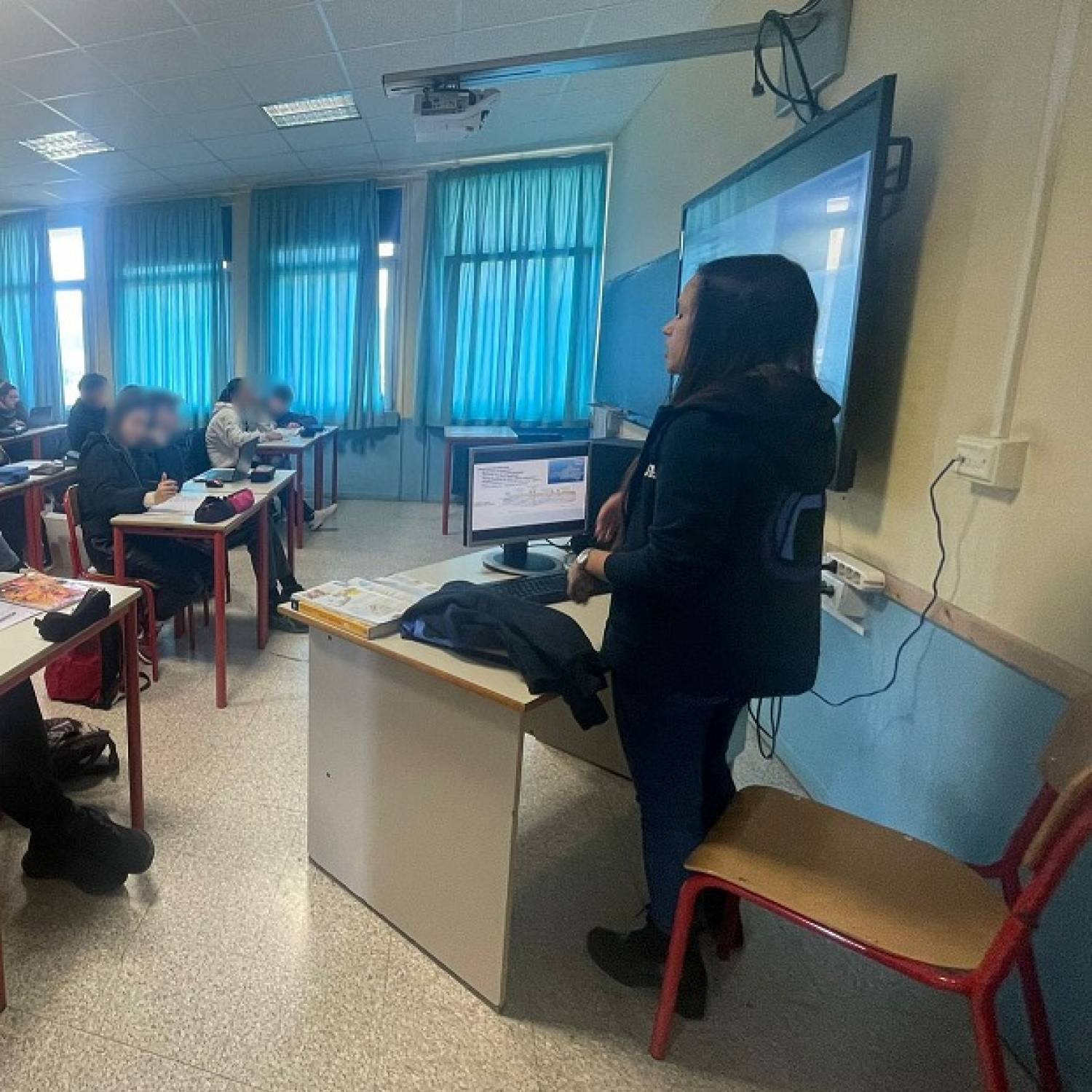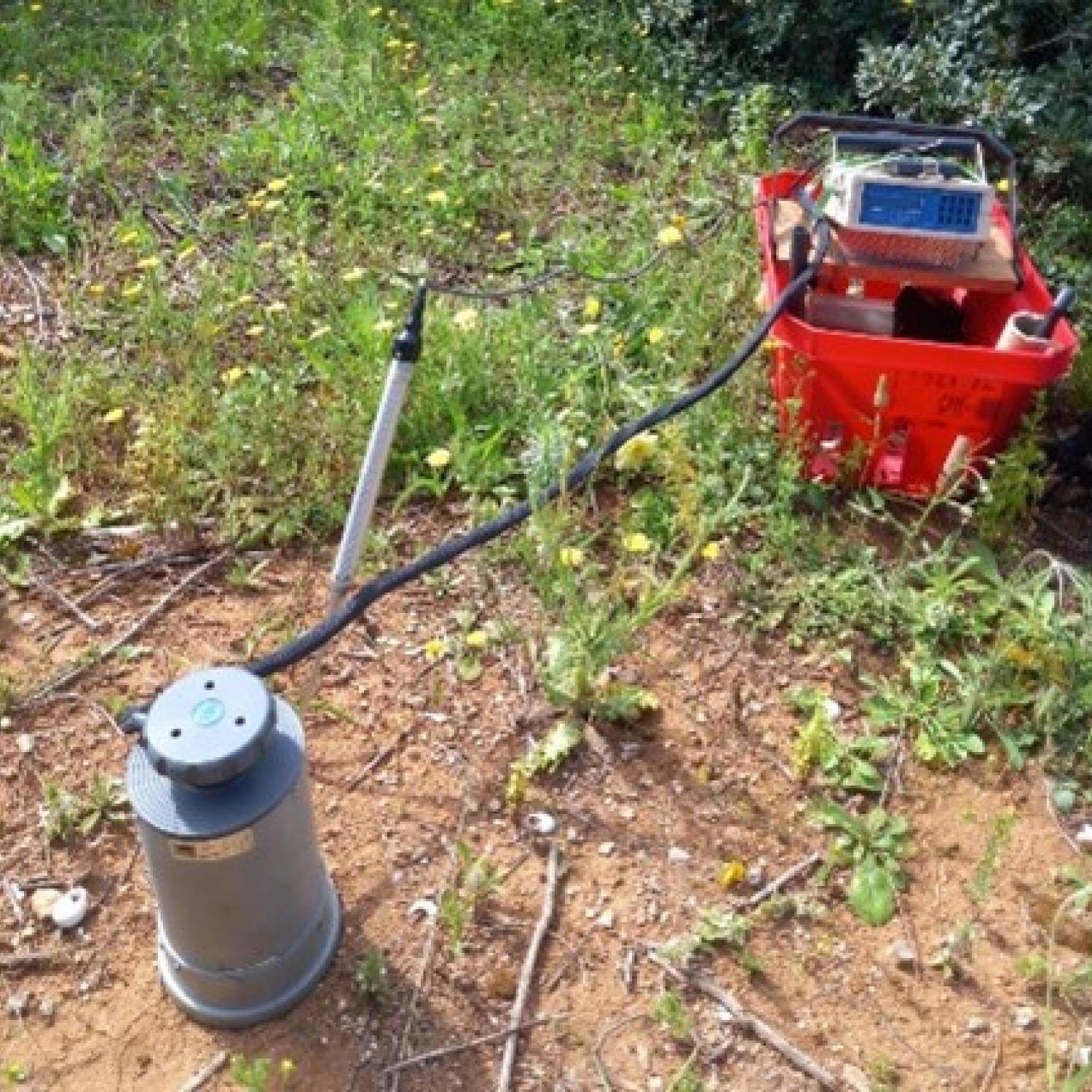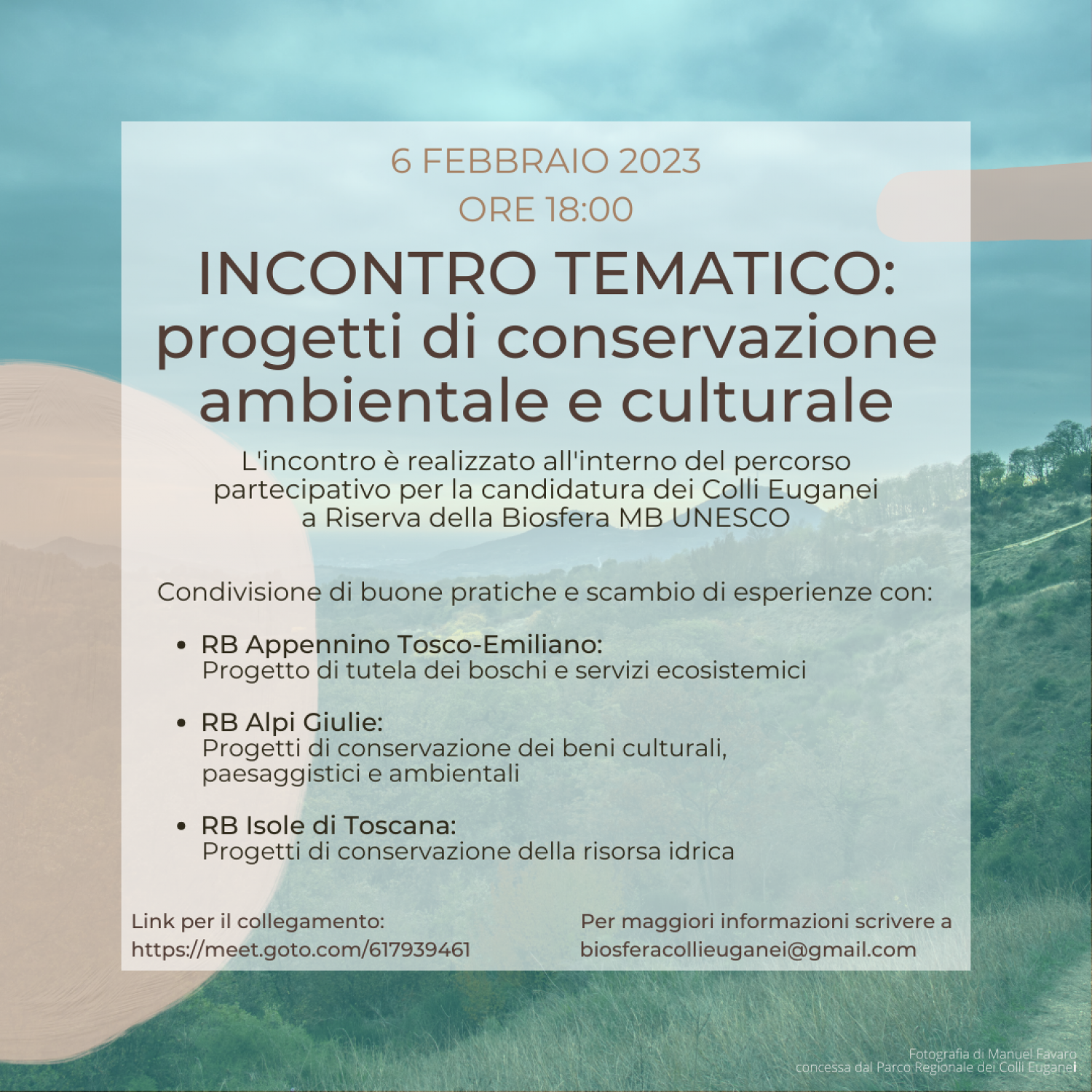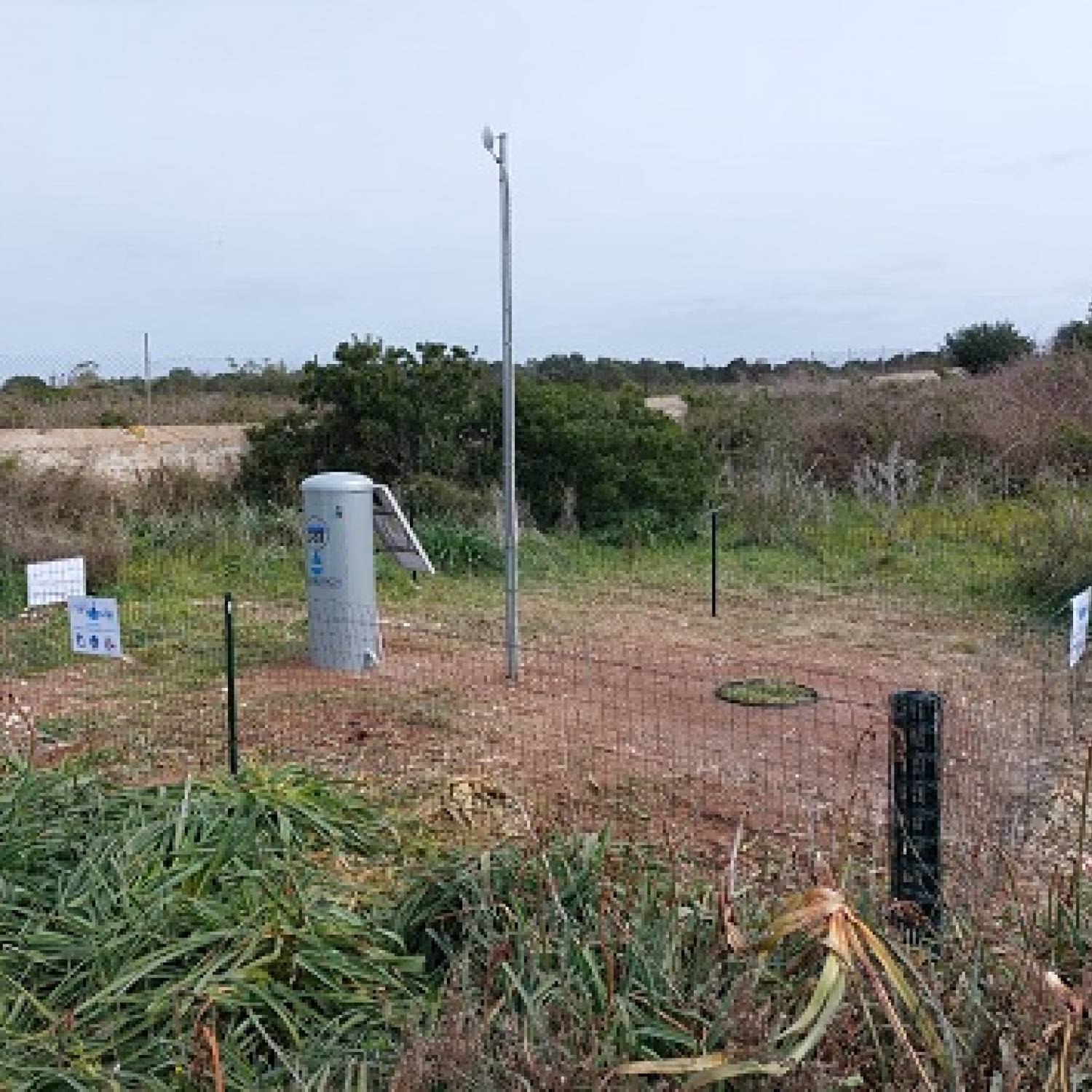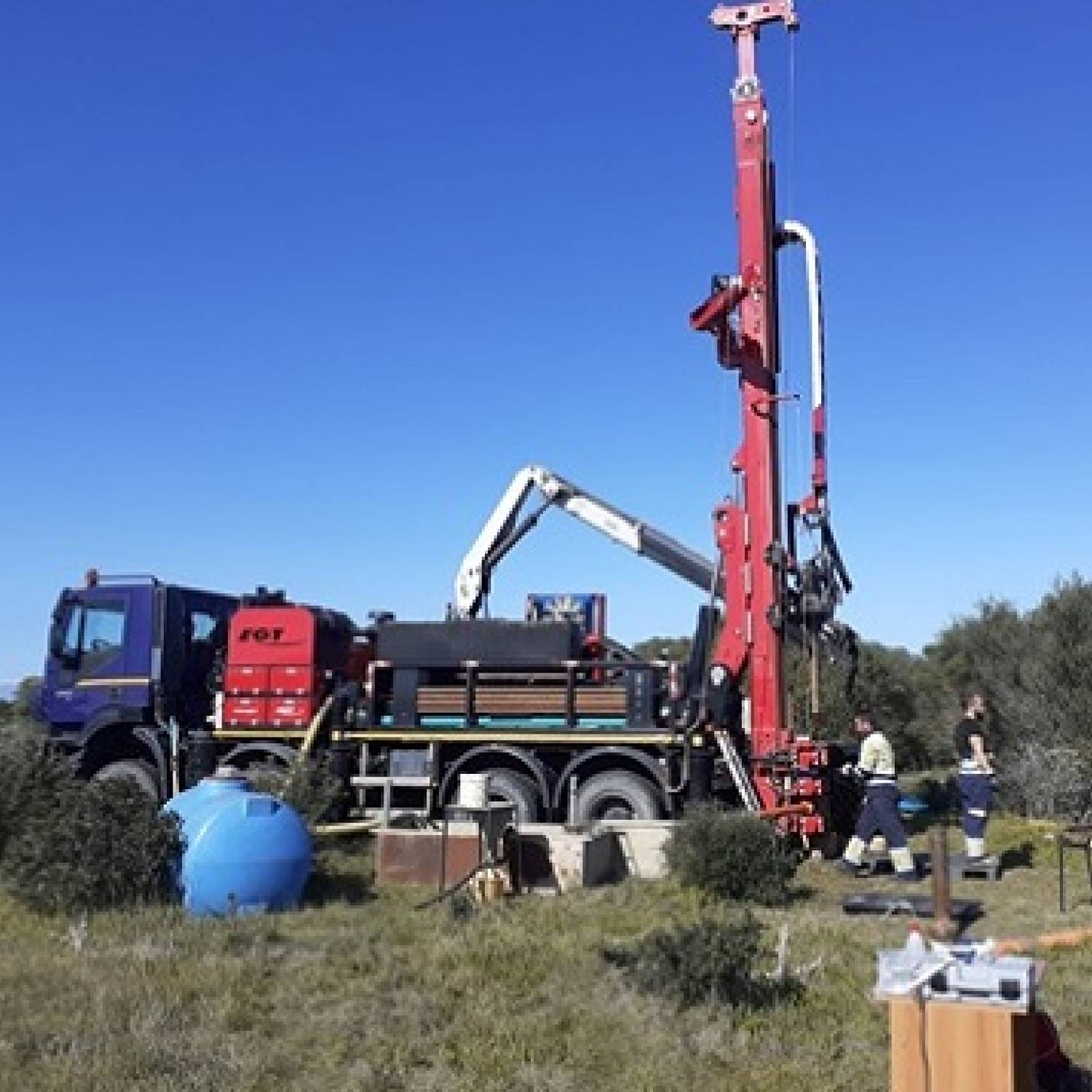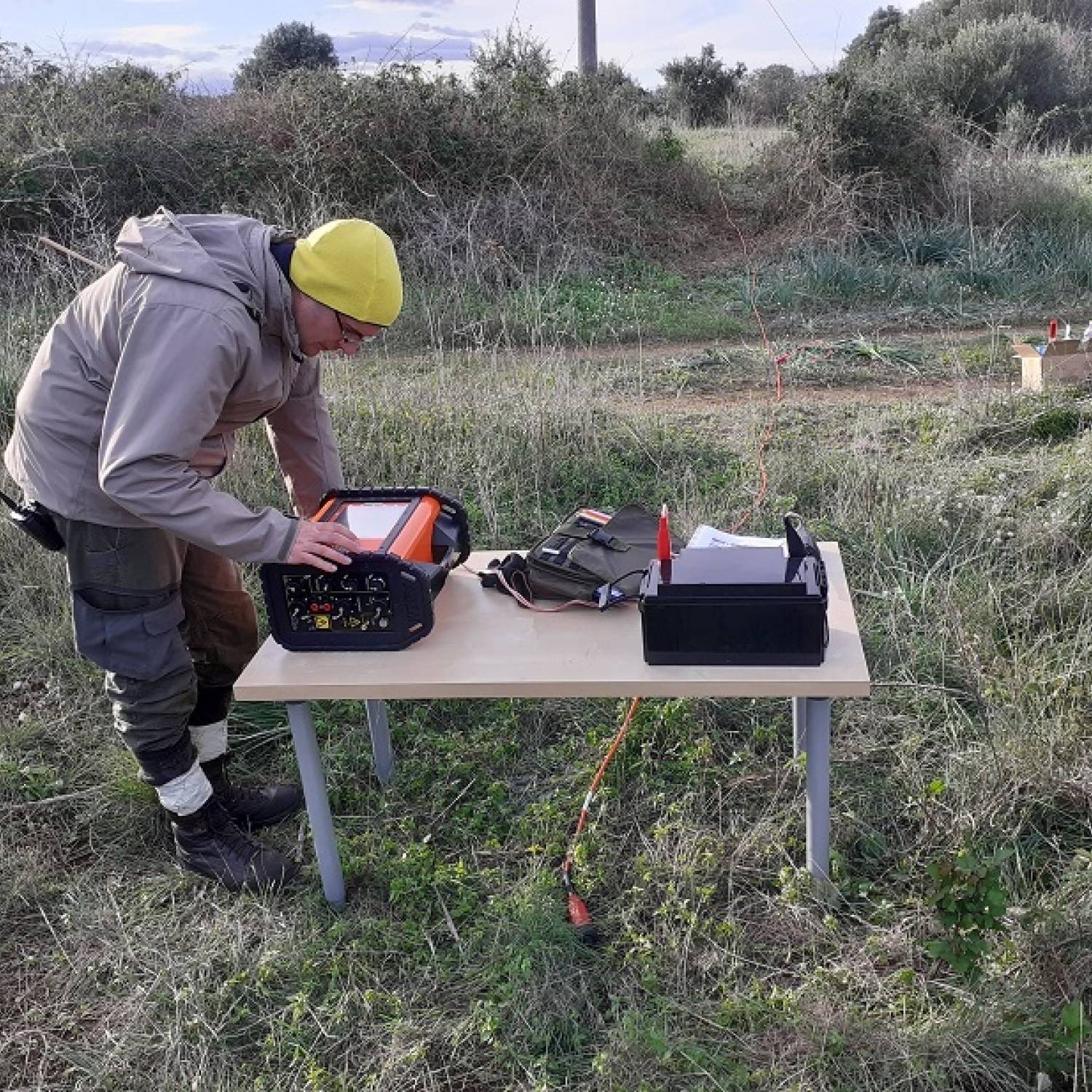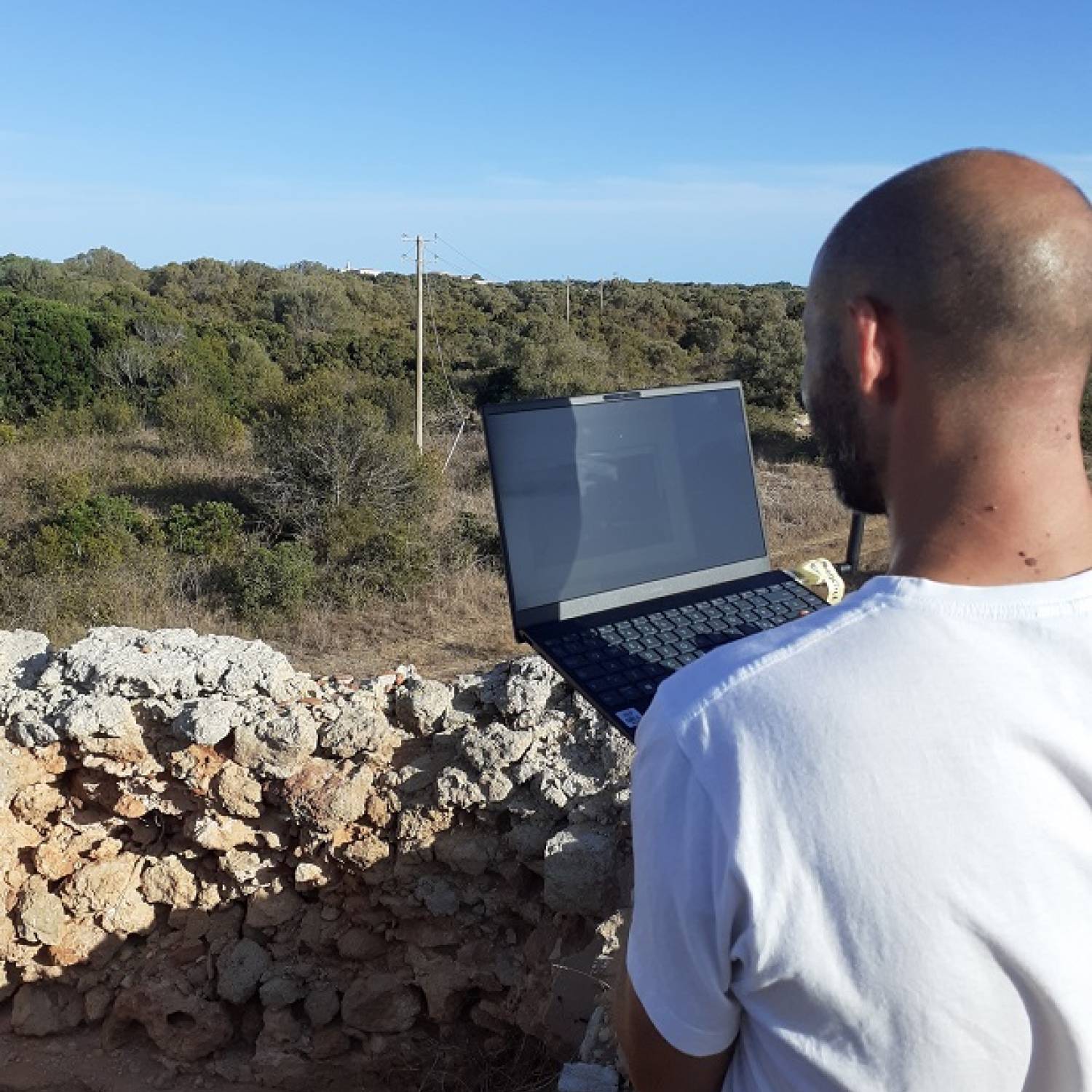Pianosa belongs to the Tuscan Archipelago, with an area of 10 km2, 18 km of coastal development and a maximum altitude of 29 m a.s.l.. The island is a small emerged portion of an underwater ridge - Dorsale di Pianosa (Pianosa Ridge), which splits the Tyrrhenian Basin into two parts: the former is located between the Ridge and Corsica Island, reaching 800 m depth; the latter between the Ridge and the mainland with a maximum depth of 400 m.

The ancientmost successions, emerging at the base of the western cliff, date back to the Miocene period: the Marina del Marchese Formation and the Golfo della Botte Formation. The former is of Burdigalian age and is characterized by an outcropping thickness of about 150 m of marly turbiditic clays of an external platform; the Formation of Golfo della Botte is of upper Tortonian-lower Messinian age and it is characterized by 300 m of sandy clays and conglomerates in the upper part, deposited first in a lake environment and finally in a marine lagoon-coastal type. The Golfo della Botte Formation overlooks the Marina del Marchese Formation in discordance with a stratigraphic gap between the two units that includes the upper Burdigalian - lower Tortonian interval.
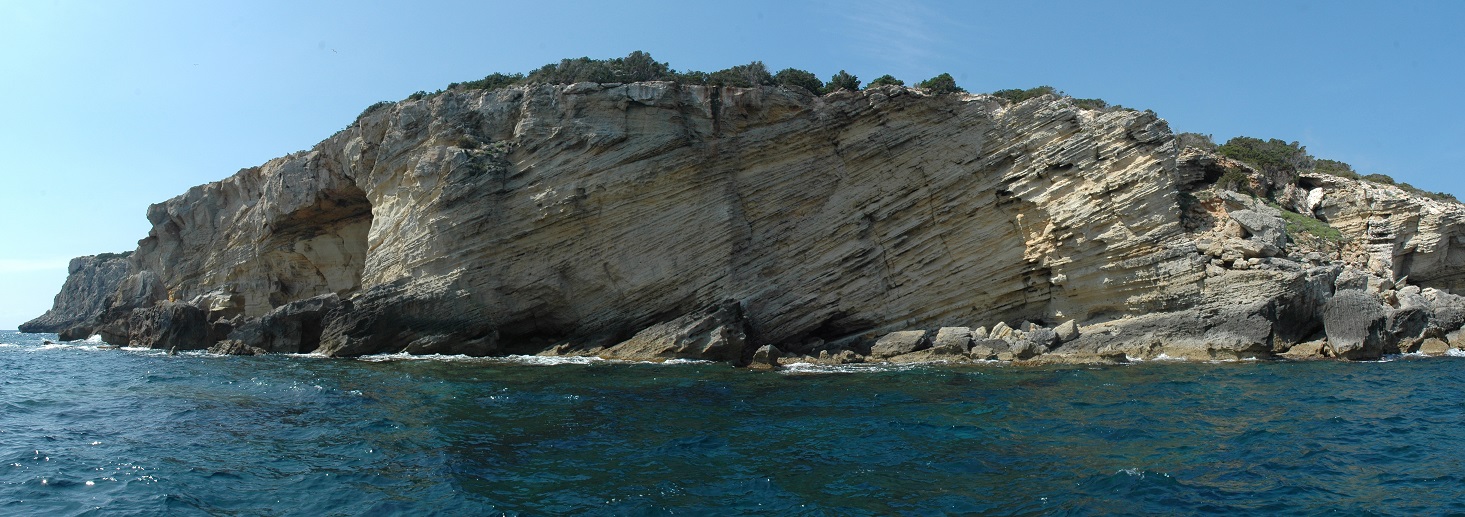
The Pianosa Formation extends over both Miocene formations, with marked angular discordance. This formation is made up of about 30 m of biocalcarenites, arranged from sub-horizontal to clearly clinstratified, rich in fossils, especially Mollusks and Algae, along with Bryozoans, Echinoids, Crustaceans and Fishes remains that testify a marine deposition of an internal platform . Two sedimentary units are recognized in the Pianosa Formation: the lower one refers to the Piacenziano and the upper one to the Calabrian. Therefore, this area of the Tuscan Archipelago also experienced the elevation of the Upper Piacenziano -Gelasiano, widely recognized in the Tyrrhenian sector of the northern Apennines.
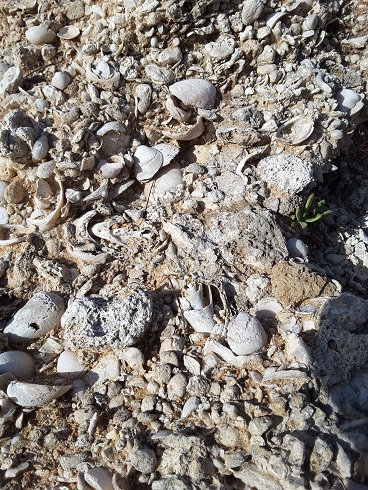
at Cala dei Turchi
The last phase of marine deposition is represented by the shell deposits ("Bench") of the upper Pleistocene age, relating to the last interglacial phase. These deposits, lying horizontally and in discordance on the Pianosa Formation, are rich in fossils, especially Mollusks. Among these have been recognized Conus ermineus, Persistrombus latus and Patella ferruginea, known in literature as "warm guests". More recent deposits, still of upper Pleistocene age, existing along large sectors of the southern and eastern coasts, can be framed in a continental environment. They are sands immersed in a reddish clayey-marly matrix with breccias or sometimes a paleo-soil at the base. These sediments belong to the last glacial phase and often cover the shell deposits in discordance, protecting them from subaerial erosion. Currently they are partly submerged by the sea and their position is often inclined like the coastal slope.
Heterometric and monogenic breccias are commonly found along the coast, near small isolated rocky promontories. They are composed of elements up to 2 m in size always immersed in a reddish sandy-marly matrix. Inside the matrix are rare bone fragments of terrestrial vertebrates and several shells of pulmonate gastropods, among which Tacheocampylaea sp is common. These breccias represent the instant deposition due to the collapse of karstic caves. Other deposits are represented by the filling of inlets and cavities. These are sandy-clayey sediments of a reddish color, which commonly contain remains of vertebrates, pulmonate gastropods and sometimes lithic and bone artifacts of the Neolithic period. Currently the deposition on the island is due only to sporadic colluvial processes.

